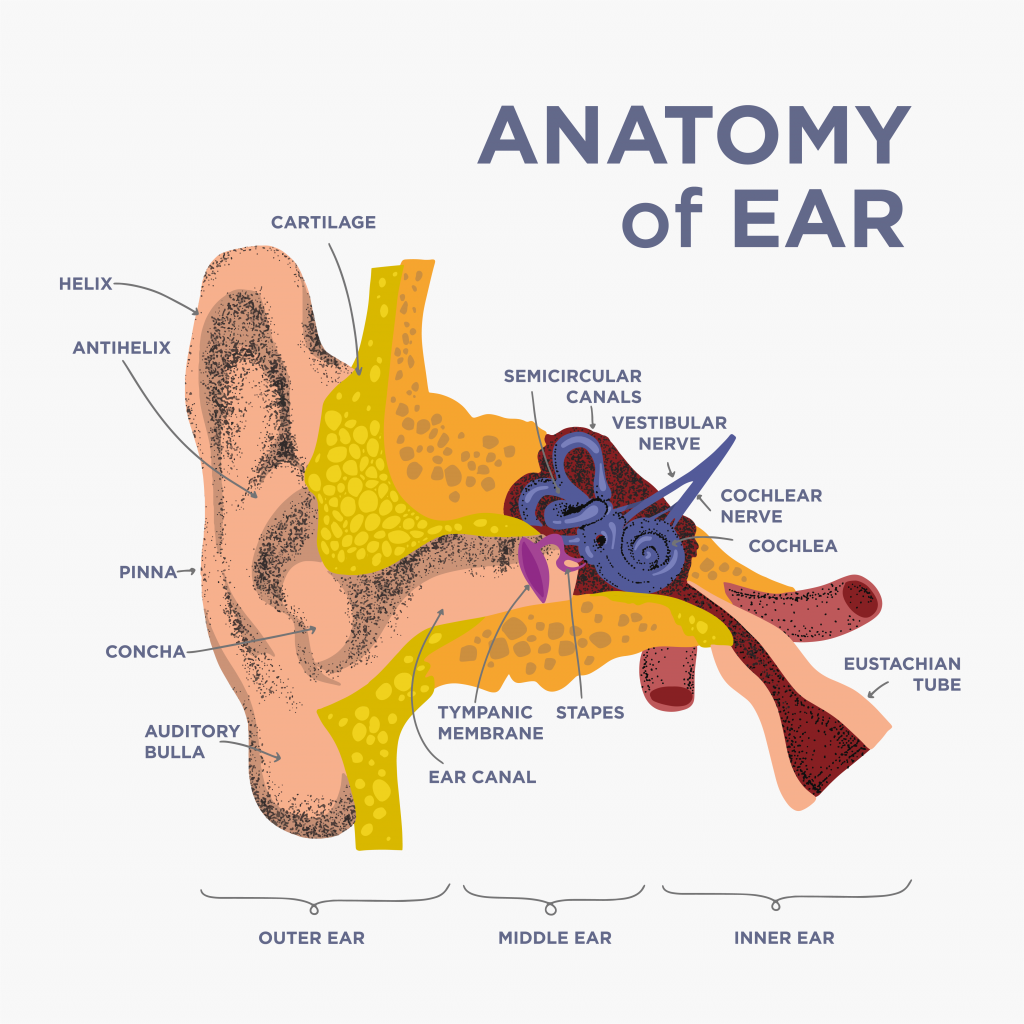Teachers can comprehend students best by evaluating their strengths and weaknesses. Understanding how the brain processes information helps teachers identify subjects in which students excel and struggle.
When students are asked about their favorite subjects, responses vary – some favor math and science, while others lean toward English and literature. As a former struggling learner, I can affirm that shift based on comprehension levels.
Should students be assessed based on struggling subjects? According to the website VARK: Helping You Learn Better, there is an alternative. VARK, representing Visual, Auditory, Reading and Writing, and Kinesthetic modalities, offers diverse learning styles. [1]
Visual learners prefer illustrations, such as maps and diagrams.[2] Auditory learners thrive in-class lectures and discussions.[3] Readers and Writers excel by taking notes, reading books, and written assignments.[4]Lastly, Kinesthetic learners excel in hands-on activities.[5]
Understanding students’ learning approaches holds value. However, the effectiveness of learning modalities is debated. Autistic students, as per the Autism Research Institute, tend to rely on a single learning style.”[6] Some researchers, like William Furey, debunk learning modalities as myths advocating for tailored approaches based on subject matter.
Focusing on modalities can limit students, as noted by Furey. Believing in a dominant learning style may deter students from effective learning strategies or entire subjects they perceive as mismatched.[7]
Discussions with education experts, like the head of Malone University’s education department, highlight the misconception that an auditory learner comprehends better solely through
hearing. Analogously, associating AirPods as listening devices. doesn’t guarantee understanding.

Learning isn’t one-size-fits-all; modalities don’t efficiently gauge students’ strengths and weaknesses. Teachers should invest time in understanding individual students and recognizing
subjects of struggle. Furey suggests teacher training should rely on evidence; however, no evidence strongly supports learning modalities. Furey suggests teacher training should rely on evidence; however, no evidence strongly supports learning modalities. [8]
While educators seek optimal methods, confining students to perceived understanding styles isn’t the solution. Students are unique, requiring tailored approaches for success.
Reference:
- Furey, William “Stubborn Myths About Learning Styles, Education Next.
[1] VARK: Helping You Learn Better Pg 1.
[2] VARK: Helping You Learn Better Pg. 1
[3] VARK : Helping You Learn Better Pg. 1
[4] VARK: Helping You Learn Better Pg. 1
[5] VARK : Helping You Learn Better Pg 1.
[6] Autism, Research Institute Learning Styles & Autism
[7] Furey, William “Stubborn Myths About Learning Styles, Education Next.
[8] Furey, William “Stubborn Myths About Learning Styles, Education Next.

























